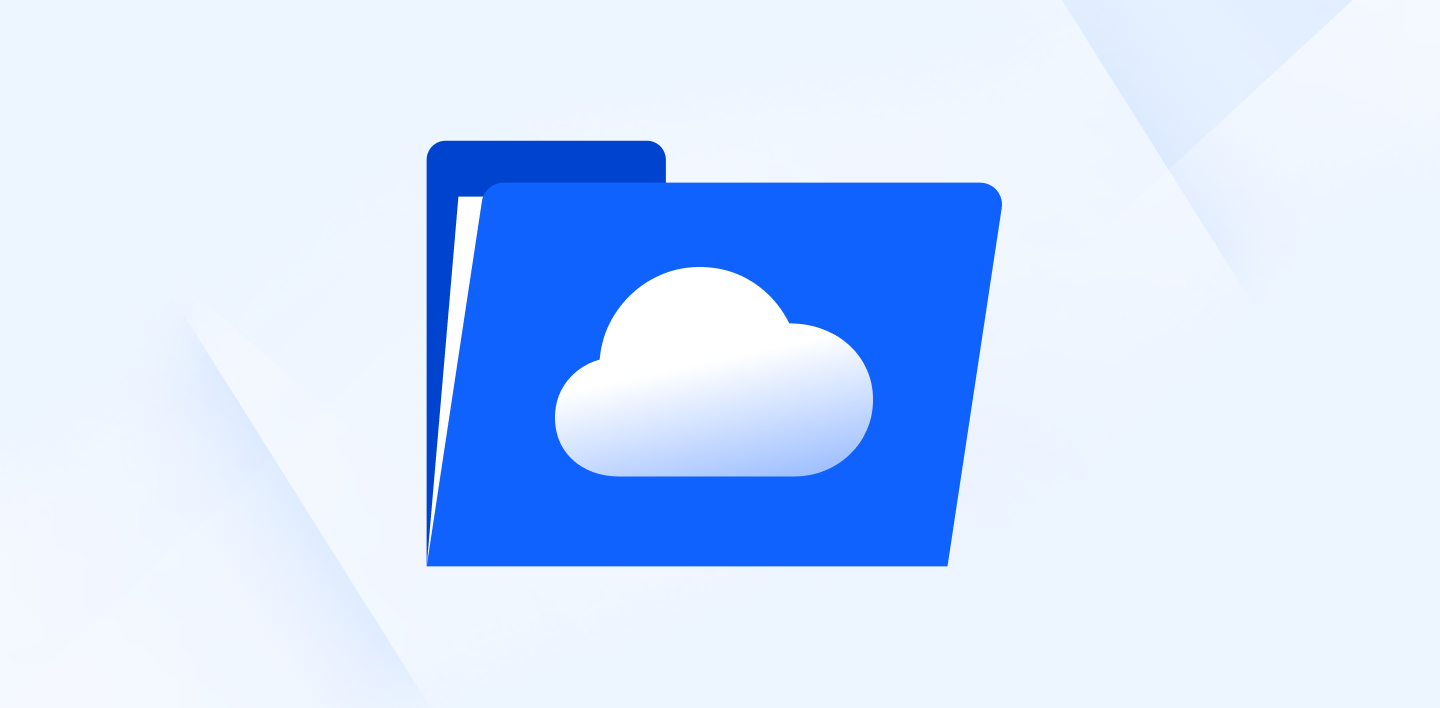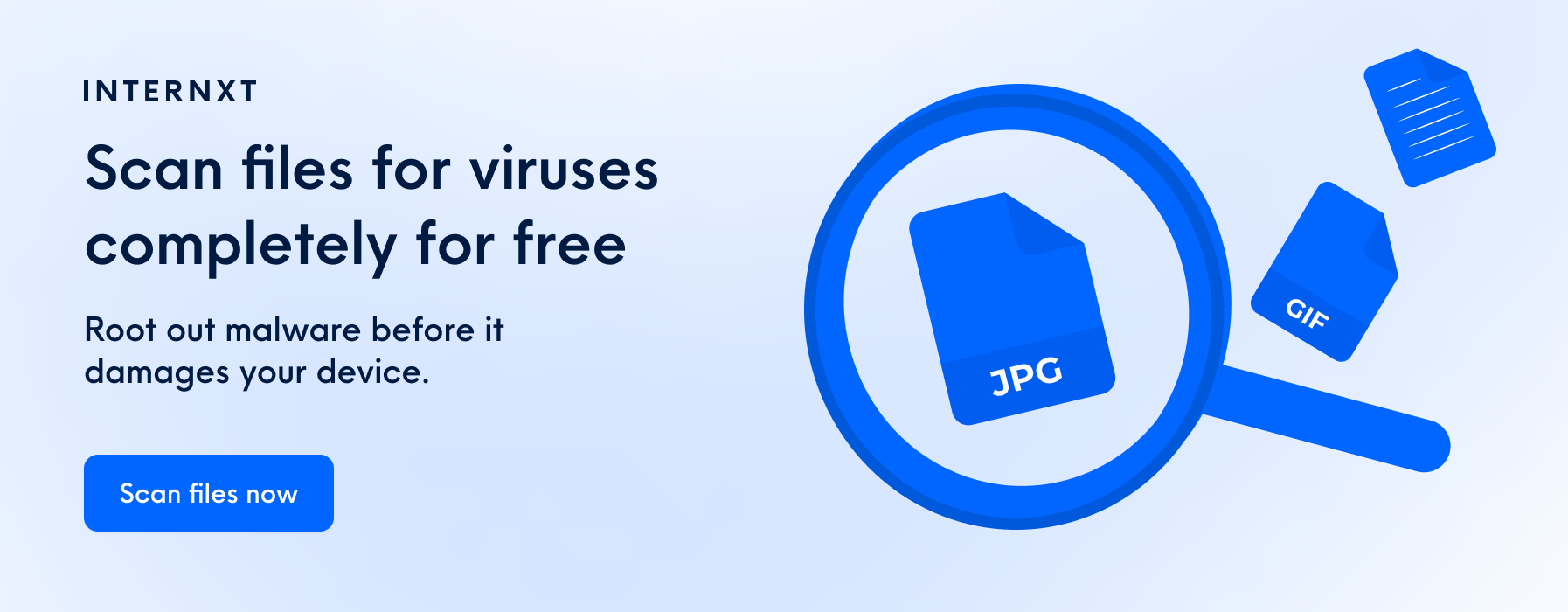What is SaaS Cloud Security and What Are SaaS Security Best Practices?

Software-as-a-service or SaaS has taken the business world by storm. With enormous benefits and features, it is no surprise that the SaaS industry has increased by 500% over the past seven years only. However, like any other technology, it carries a significant risk of data breaches.
Do you know that encryption worries are the biggest SaaS-related security concerns for businesses?
Thanks to powerful tools, international SaaS security guidelines, and the technical expertise of SaaS professionals, SaaS cloud security has emerged as the ideal wall of defense against such attacks.
Below, learn all about SaaS cloud security, followed by some best practices. Let us start with an in-depth understanding of SaaS, cloud, and SaaS security.
What is SaaS? What is the Cloud?
Long ago, businesses needed to deploy different software and applications on their premises only. This came with multiple hardware challenges and scalability issues.
Cloud technology emerged as the perfect solution to handle IT needs of different businesses. Cloud storage eliminates the need for dedicated hardware and other technical requirements when software needs to be deployed.
Cloud computing technology is made up of the different data centers located globally. All the databases and software run on these data centers, collectively termed cloud technology.
The different types of clouds include:
- Public cloud: A public cloud is not owned by any single end-user. Some of the examples of public clouds are Google Cloud, Amazon Web Services (AWS), etc.
- Private cloud: A private cloud is dedicated to a single customer with complete isolated access. Some of its examples are Microsoft, HP data centers, etc.
- Hybrid cloud: A hybrid cloud combines a public cloud and a private cloud.
- Multi-cloud: A multi-cloud combines cloud services with multiple service providers and multiple cloud vendors.
When asked the top benefits of cloud technology, SaaS takes the cake. SaaS stands for software-as-a-service. SaaS comes from a series of cloud services with multiple counterparts. This allows users to access different apps from anywhere and on any device through the internet.
The Key Benefits of SaaS Technology:
Accessing sophisticated applications
SaaS eliminates the need to purchase, install, update, and maintain software, hardware, and middleware for sophisticated applications. Even startups and small businesses can use high-end applications (like voice over software, IP softwares and CRM software such as Close, Salesforce or Agile) at affordable pricing with the help of cloud technology.
Accessing free client software
There is no need to download whole applications when it is easy to log in to client software using an internet browser only. Access to these applications is simple and without a need for downloading or installing. Some free client software may need quick plug-ins like the effective virtual phone number technology.
Accessing data all over the world
SaaS has no limitations when accessing data from any corner of the world and at any time. All you need is a high-speed internet connection and a smart device with an internet browser to start accessing data from any location.
Paying only for used services
SaaS eliminates the need to pay for the services you’re not using. Hence, it becomes easy to scale up or scale down the services based on your individual business needs. As a result, you can shave multiple dollars off the business’ bottom line, especially if you are a small and medium-sized business.
Mobilizing the workforce
Quick user access helps businesses to mobilize their workforce. Your workforce will never be stuck managing different applications when all they need is to log in using the accounts. A SaaS service provider covers all the maintenance, updates, and security management of the servers.
What is SaaS Security?
SaaS security is the process of safeguarding, monitoring, and managing sensitive data from different cyberattacks. While SaaS technology is gaining global momentum, the scalability and flexibility of SaaS are making businesses vulnerable like never before.
Multiple regulatory bodies worldwide have issued SaaS security guidelines like Swiss-US Privacy Shield Frameworks, EU-US, and the General Data Protection Regulation (GDPR) of the EU. Global businesses understand the value of strengthening SaaS security in cloud computing and protecting it from possible vulnerabilities.
SaaS cloud security has a few different layers. The three layers of SaaS security architecture include:
Server-side infrastructure
Server-side infrastructure handles the internal exchange of information. All clouds need to secure every point of information exchange between the software platform and cloud storage provider. Different cloud servers like shared, dedicated, and individual servers should be optimized to meet or exceed various SaaS security standards.
Network
Networking or the internet is one of the most vulnerable layers of SaaS data exchange. It is easy to create a back-door entry through a weak encryption of data exchanged over the internet in data packets. Therefore, network security measures are crucial, especially when a large set of information is exchanged on digital payments and KYC platforms.
Client-side application and software
SaaS users need applications and software to start using the services. Hence, it is essential to add a final layer of security to the client-side applications and software to protect the user and business data.
Who Needs SaaS Security?
Every business using SaaS security needs dedicated measures to protect their SaaS applications and remain protected from security breaches. Thus, SaaS security standards are a must if you’re a business with multiple sessions and multiple users that cater to a large market.
Businesses can quickly eliminate legacy IT infrastructure and outdated systems. However, it is crucial to secure user data without managing the physical servers. Protecting user data is vital to attract, engage, and retain customers globally.

Why is SaaS Security Important?
SaaS security is critical for any business to protect against possible issues that could plague the internal team and customers managing different business applications. It is not only a company's responsibility to use SaaS but it is also paramount that the cloud service provider manages to meet desired SaaS security standards.
The end-to-end SaaS management is crucial in reducing IT shadow, decreasing customer dissatisfaction, and ensuring transparency with secured access. Ideally, no SaaS application can reach optimization without adequate security measures. And SaaS products that follow SaaS Practices SaaS can effectively increase their word-of-mouth marketing and encourage users to refer your product to others.
What Are SaaS Security Issues?
Before jumping to cloud security best practices, it is important to understand the main issues in managing the SaaS. Some of the key security concerns are:
- Malware: Multiple zero-day malware or ransomware may attack the cloud and propagate quickly throughout the system.
- Compliances and audits: Businesses may have to pay heavy penalties when not abiding by regional compliances like GDPR, etc.
- Unauthorized access: In-house IT teams of businesses have very little control over cloud access. Your business data may be prone to unauthorized access.
- Data theft: Data stored in the cloud can be attacked or stolen. This is termed data theft and can lead to leaked sensitive business information.
- Account takeovers: A dummy access may be made through the targeting of a specific SaaS user. This is often accomplished through phishing or identity theft.
- Phishing attacks: These attacks are directed through emails and attack SaaS applications quickly once they gain access.
SaaS Security Best Practices
Any business can implement cloud security best practices. It is impossible to get the optimized benefits of SaaS without implementing all of these standards (though it is not recommended). The major SaaS security standards are:
Real-time vulnerability monitoring
To mitigate cyberattack damage on your customers and team, businesses can enlist the help of dedicated real-time vulnerability monitoring systems. These systems scan all cloud operations, like data sharing on servers, and work on all ongoing and automated processes. In addition, businesses can opt for scheduled scans if they are worried about resource drainage.
Educating customers
Customers should be offered quick guide or interactive training that emphasizes the need to use SaaS applications by following the security standards. The possible causes of account takeover fraud can be limited by providing much-needed awareness to customers. These can be made possible using online materials like "how-to” guides, knowledge databases, free online tools, etc.
Training employees
Any businesses using cloud services need to train their employees on SaaS security measures. Some of the topics to be covered in this training should include term definitions and key concepts.
Some of the topics to be covered in this training should include term definitions and key concepts. Once the preliminary training is done, you can encourage your teams to understand different SaaS architecture models and the concept of cloud computing. In addition, the value of information safety in the cloud and proper account management helps employees understand how to better implement SaaS security in the cloud.
Strong data encryption
One of the essential steps in cloud security best practices is to go for strong data encryption. Data encryption needs to be considered both during data storage and while data is in transit.
With end-to-end encryption, businesses can maintain a high level of cyber security while minimizing the risks associated with SaaS. Companies should look far beyond just Transport Layer Security (TLS).
SaaS security posture management
SaaS security posture management offers automated continuous monitoring of different SaaS applications, ensuring not only security but also optimal application performance through detailed performance monitoring and analytics.
Regular vulnerability assessments help minimize risky configurations, prevent configuration drifts, and ensure IT teams manage data compliances. Further, it is possible to integrate SaaS security posture management with CASBs.
Cloud access security broker (CASB)
A cloud access security broker sits in the middle of the network to implement security policies and data protection steps. With a CASB, business users can protect themselves from data threats, ransomware, and malware. You can also implement it based on API or proxy settings. and you may combine it with SaaS security posture monitoring. Also make sure to integrate a secure API gateway with your CASB that allows for enhanced management of APIs, ensuring that only authenticated and authorized API calls are allowed to interact with your SaaS applications.
Optimal access levels to users
SaaS resources should be managed centrally and access granted according to occupational responsibilities. Establishing strict access levels makes optimizing streamlined access governance easy. Dedicated admin managers can handle this access management for different SaaS users throughout the business and can help eliminate IT shadow issues.
Software patches
Like any application, SaaS needs to be updated regularly. Many SaaS service providers have incorporated automatic deployment of specific patches within hours of the release. Your business should choose only SaaS services which offer optimized software patches and updates. Patches are an integral part of the NCSC’s general SaaS security advice on managing different SaaS applications.
Shared responsibility model
Just as SaaS security is not a one-person responsibility, it is essential to share the responsibility of maintaining SaaS security standards. The ideal stakeholders are the customers, SaaS vendors, and service providers. You can manage all the involved assets like applications, operating systems, networks, and the centralized infrastructure accordingly.
SaaS security checklist
Last but not least, maintain a quick checklist of SaaS security standards at your place of business and ensure their strict adherence. After implementation, it becomes easy for businesses to incorporate the necessary changes required based on time and technology needs.

Wrapping Up
SaaS cloud security boils down to preventing data breaches. With a detailed understanding of SaaS and the cloud, it becomes easy for businesses to understand the value of SaaS security.
The importance of SaaS security is equivalent to securing the most valuable asset in our business. Having a look at the possible issues in your business’ security gives an idea of the key areas for improvement or where to invest in cyber-solutions next. Simply follow the checklist of the best SaaS security practices that any business can implement and gain a strong competitive edge!

